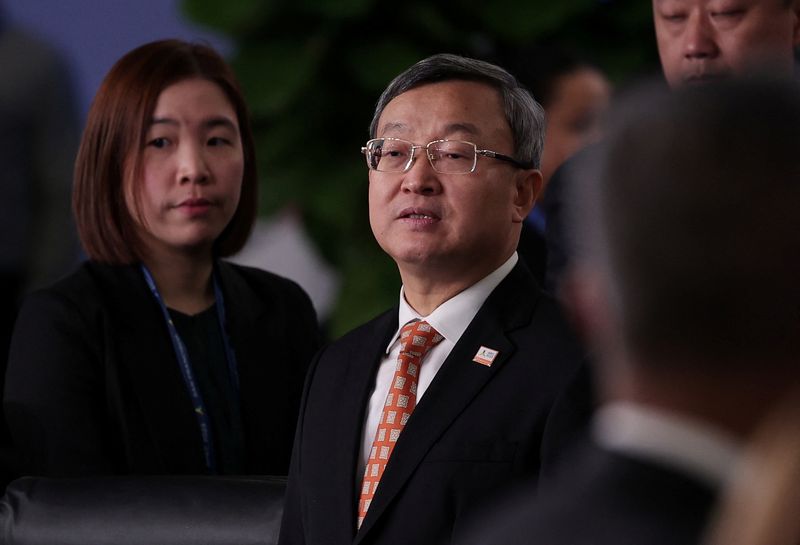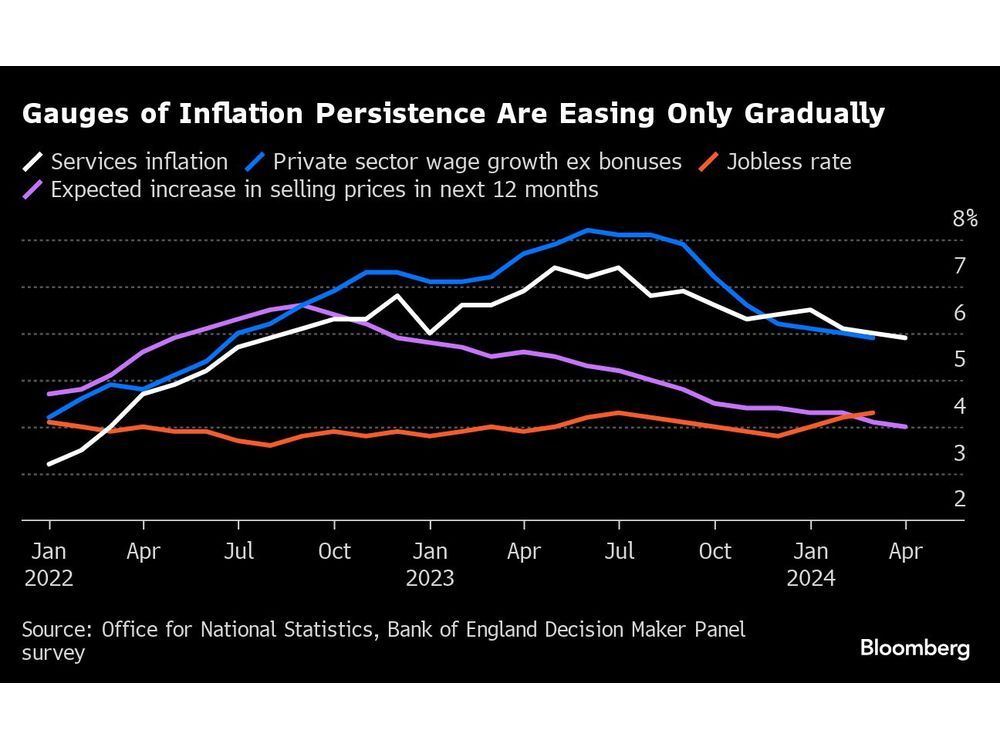Follow us on LinkedIn
The traditional option pricing model assumes that the market is frictionless. However, a body of research has developed theories that do not make this assumption. Reference [1] utilizes the Stochastic Arbitrage (SA) approach to derive price bounds within which the admissible risk-neutral option prices, which are determined by using the frictionless market assumption, should lie.
In this approach, two generic identical risk-averse investors are compared: one holds the index and the riskless asset, referred to as the index trader (IT), and the other, the option trader (OT), adds a zero net cost option position to the IT holdings. OT should not dominate IT to the second degree. This absence of dominance creates a region, with upper and lower bounds, within which the risk-neutral option prices should lie. The SA approach uses only the index return dynamics without involving the option market data.
The article pointed out,
Our study provides evidence that extracting the frictionless Q-dynamics from the observed bid-ask midpoint in the short-term index option market is a futile effort on both theoretical and empirical grounds. The observed option market data is fundamentally inconsistent with the frictionless option price format as implied by the underlying index returns. There exists a clear segmentation of the markets for SPXW call and put options and strong moneyness effects in these options. More importantly, for the highly liquid ATM calls/puts that represent more than 70% of the SPXW trading volume, not only the bid-ask midpoint but also the entire width of the quotes lay above their SA option bounds in most of the cross sections. These non-overlapping (mispriced) options were used to generate zero-net-cost portfolio returns that are statistically and economically significant in the frictionless world. However, such portfolio returns disappear when trading options at the appropriate bid and ask prices. This frictionless mispricing of the SPXW options is consistent with the documented mispricing in the few studies that recognized frictions and with the even fewer theoretical studies that compared option pricing without and with frictions
In short, the authors developed an option pricing model for a market that is not frictionless. They created a trading strategy based on the price bounds determined by their Stochastic Arbitrage approach. The strategy yielded favourable returns.
This article presents an important option pricing theory that we should be aware of and follow closely.
Let us know what you think in the comments below or in the discussion forum.
References
[1] Hamed Ghanbari and Stylianos Perrakis, Stochastic Arbitrage and the Valuation of Weekly Options: Theory and Empirical Evidence
Further questions
What's your question? Ask it in the discussion forum
Have an answer to the questions below? Post it here or in the forum





Prime Minister Keir Starmer’s promise to “get Britain building again” will quickly face a shortage of skilled workers in the very industries he’s hoping will power the turnaround.